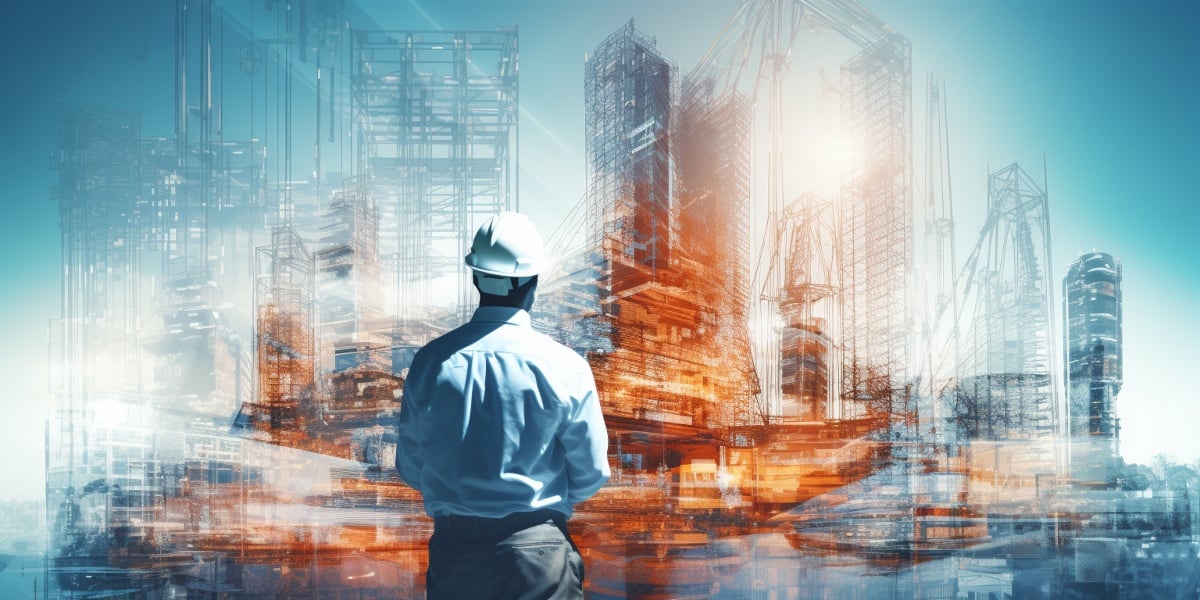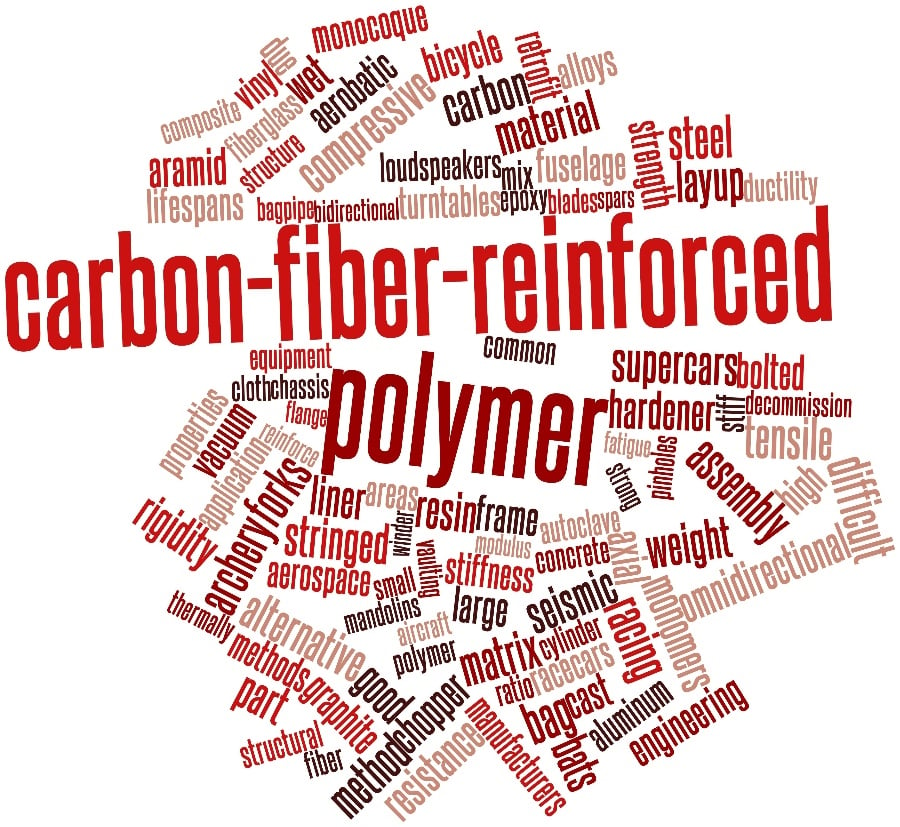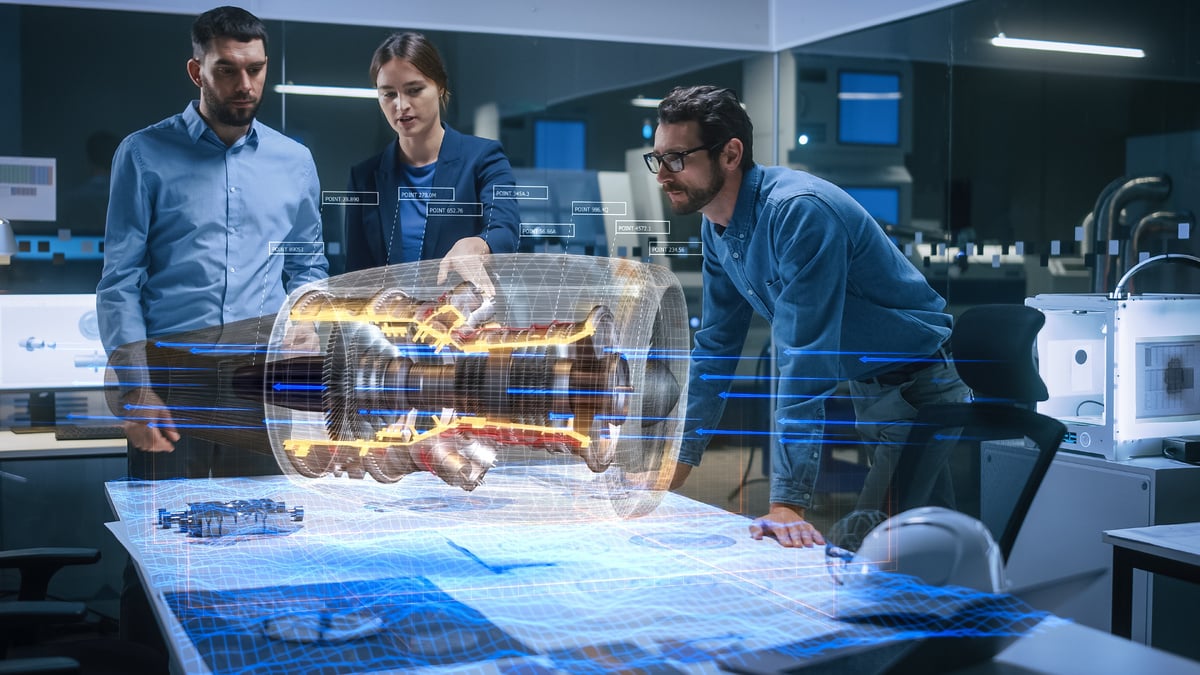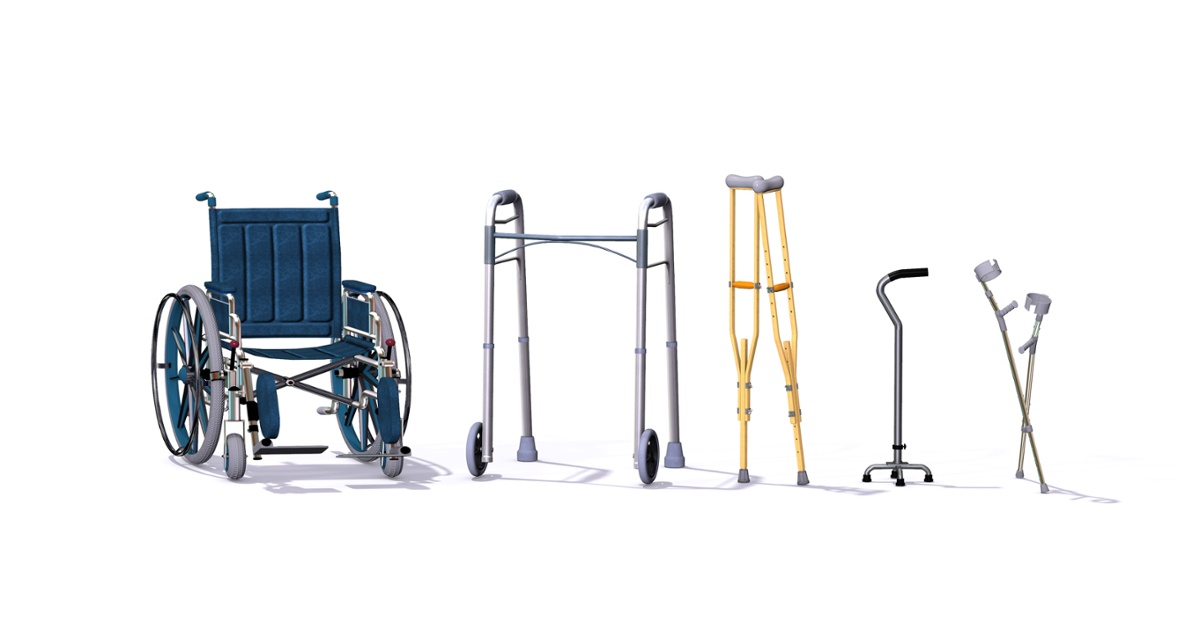
Fiberglass Reinforced Polymer (FRP) ─ usually referred as fiberglass ─ is a composite comprising of a polymer resin matrix reinforced by embedded glass fibers.
The strength of a fiberglass profile is determined primarily by the quantity, type, orientation, and location of the glass fibers within the composite.
Fiberglass is also known as glass-reinforced plastic or GRP is used to produce molded products. Fiberglass is combined with resin to form a durable composite with high tensile strength.
Fiberglass can be flattened into a sheet called a strand mat, or woven into a fabric. Fiberglass is strong, lightweight and costs less than carbon fiber composites, and is resistant to corrosion and ultraviolet (UV) damage.
Today, fiberglass profiles is used in a wide range of industry sectors including:
- Building and Infrastructure: including house building and roofing
- Home construction: including cold water storage tanks (one piece tanks & sectional cold water storage tanks), bathroom utilities like shower trays and baths
- Telecommunication: towers, poles
- Utilities: cross arms, rods, bars, support beams
- Automotive: vehicle body, parts and panels
- Aviation: commonly used for internal structures like luggage racks
- Marine: boats and surfboard repairs
- Electronic: circuit boards, mobiles and audio/visual equipment
- Leisure: bicycles, athletic shoes, sports and recreation equipment
How is fiberglass made? Fiberglass is made in a process called pultrusion. So, what exactly is pultrusion? Pultrusion is a manufacturing method for producing continuous lengths of reinforced polymer structural shapes with a constant cross-section. Raw materials, a liquid resin mixture, and reinforcing glass fibers are pulled through a heated steel forming die using a continuous pulling device and completely saturating the reinforcements.
In this way, FRP structural shapes can be continuously produced in an automated, energy-efficient process. The resin hardens from the heated steel pultrusion mold. The final product is a strong, lightweight product that follows the shape of the mold.
During the manufacturing process, if desired, the resin systems and glass content can be adjusted which will alter the composite matrices to produce pultruded fiberglass tubes. The resulting pultruded profile can have different features and attributes, such as high strength, tolerance of different temperature ranges, as well as flame-retardant, track-resistant, and corrosion-resistant properties.
In addition, pultruded profiles can be customized and branded by adding pigments during the pultrusion process. A UV-resistant treatment can be added to increase the product’s durability for external applications.
Performance Matters
A pultruded profile is extremely strong. For example, when comparing pultruded fiberglass and steel, there is a range of performance characteristics that need to be considered. Specifically, two key aspects to consider include:
- how the product performs under stress
- how the product performs in corrosive and extreme environments
In thermal load-bearing projects, fiberglass is superior to steel in many ways. Fiberglass rebars are as strong as steel when it comes to reaching a buckling point, and are less likely to corrode when used in exposed environments.
Take the FRP rebar, for example. A study on FRP rebar used in construction for the reduction of thermal bridges found load-bearing fiberglass rebar to have a higher longitudinal tensile strength and lower module of elasticity and density when compared with steel (1000 MPa and 50GPa for fiberglass rebar compared to 550 MPa and 200GPa for steel).
Furthermore, pultruded fiberglass rebars maintain their mechanical properties and micro-structural integrity for over 15 years. This reduces the need for replacement and maintenance and enhances its durability. Compared to materials like wood and steel, fiberglass is far more durable in external and extreme environments. It can withstand wide-ranging hot and cold temperatures without warping and is extremely resistant to rust and corrosion.
By and large, FRP products have much lower maintenance costs and replacement rates. Over the medium and long term, they provide a cost-effective option to steel.
Also, FRP rebars are also corrosion-resistant, electromagnetically neutral, and are not conductors of thermal or electrical currents. They can be used as an alternative material for steel in industries where these properties are required.
When building in waterfront environments or places with corrosive elements, fiberglass is also the preferred material as it will not corrode. Because of this, their use in waterfront boardwalks, over-water bridges, and other ocean-front applications are far more effective than with wood, steel, or other metals. Fiberglass will not rot and resists insect damage. FRP composites can be appropriate for indoor and outdoor applications at hotels, restaurants, and in corrosive environments such as chemical plants, water, and wastewater treatment plants.
Pultruded products can weigh up to 75% less than steel and can reduce the overall weight of end-products.
This makes transportation, handling, and installation of materials much easier, faster, and cheaper than wood or metals. Additionally, vehicles made with composites instead of steel will have a lowered weight and consequently, a lowered fuel consumption – helping consumers of this end-products cost-wise and having a reduced impact on the environment.
Additionally, fiberglass products can be manufactured to fit a range of safety measures. During the pultrusion process, glass fibers can be reinforced with fire-retardant properties.
By doing this, the final product will fulfill fire-safety requirements, making them ideal for use in applications such as home/commercial construction where strict fire regulations are in place.
Fiberglass profiles are transparent to radio waves, microwaves, and other electromagnetic frequencies and are regularly preferred in telecommunications applications.
Fiberglass profiles can be manufactured with non-skid surfaces to provide a safe work environment for employees.
The exceptional physical and mechanical properties are driving the popularity of glass fiber composites (fiberglass composites) in the industry. By 2024, the global composites market size is projected to grow to $131.6 billion, up from $90.6 billion in 2019. Fiberglass will take up a large share of the pie.
Currently, the fiberglass market is pegged at $17.1 billion and projected to grow at a compound annual growth rate (CAGR) of 7% to $23.9 billion by 2024.
Talk to Us
Tencom has been working with companies, manufacturers, builders, and engineers to realize a wide range of product possibilities for over 22 years. Our team of experienced engineers is dedicated to helping you customize and implement your projects in a timely fashion. Contact us today.















